Have you tried everything to clean your water cracks and they don't look good? Here, we will look at some home remedies to clean your hydraulic slits so that they are very clean and shiny.
The hydraulic earth is very clean.
Thanks to their crystal-clear and grey properties, mosaics are an excellent material for maintaining hygiene and cleanliness. With neutral soap and water, they can be cleaned and left spotless, regardless of whether they are white or very light. It is very difficult for scale, dirt or clogs to accumulate.
Hydraulic mosaic also has the advantage of not being the preferred place for bacterial colonies. Hydraulic mosaic mosaic tiles with cushions are the most unhygienic there is, as the fabric material and the humidity are excellent for bacteria and viruses to reproduce, making it very difficult to completely clean them. The encaustic cement tiles can be disinfected with steam and thoroughly cleaned at regular intervals, something that will not be so expensive.
The cleaning of the hydraulic sluice is simple. Your family, especially if you have small children, will always be sure that you are not living with mites and other bacteria all the time.
Preparation of the rajola
A good preparation of the hydraulic slab is fundamental to guarantee its subsequent maintenance and a high level result once the installation has been completed. First of all, and once we have the entire floor installed, it is advisable to rinse each of the hydraulic slits with neutral liquid soap washed down with water. If the hydraulic floor is full of building waste, we recommend that you use our cleaning product. Torra cleaner. It is important not to use any type of abrasive liquids such as leach, ammonia or salfumán, or anything that could deteriorate the appearance of the water trap.
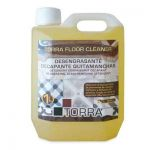
Once the solution of liquid soap and water has been applied, it is very important to wait until the soil is completely dry to avoid the appearance of clogs. After this step, it is necessary to apply a special waterproofing product and we recommend our waterproofing product. “Torra sealer” which will prevent dampness-induced leaks and protect it from future leaks due to accidental spills.
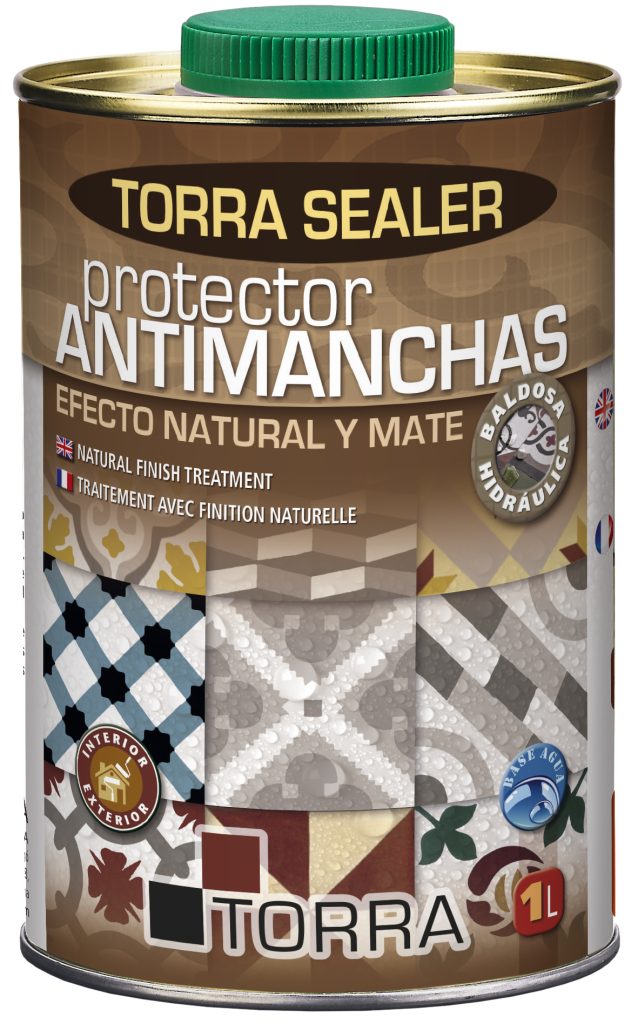
The work carried out in placing the hydraulic cracks can cause water to evaporate, giving rise to the appearance of calcification deposits with a whitish appearance, also known as “saltpetre”. However, they will disappear easily with a neutral detergent, but you can also use our Torra floor cleaner for a more effective cleaning.
By following these simple steps, we will prepare the floor and protect it from damp, damp and daily wear and tear. Subsequently, it will only be necessary to carry out periodically a very simple maintenance, which will preserve all the properties of the hydraulic slab. Here we recommend our product Torra Maintenance, which will keep your hydraulic floor impeccable from day to day.
How to clean ceramic tiles?
Hot water and vinegar solution
Hot water and vinegar are a lethal combination for brutícia. This is an ancient formula, already used by our ancestors. With this homemade tip to clean your slashes, you will not only remove those unpleasant and undesirable stains. But they will be clean and shiny.
To clean the peas, prepare a solution of hot water and vinegar. Place half a cup of vinegar per litre of water. You have to scrub the skin with a hard scraper and this solution.
After you have done this thorough cleaning, wipe the carpet as you normally would. You can add to the water a little bit of deodorant for the floor, or a product that has a very nice aroma, the smell of vinegar may not be very pleasant. When the soil is dry, you will see how good it has been with this magical solution.
Bicarbonat
Bicarbonate is an ideal product for cleaning any stubborn clogs in your cracks. It is excellent for eliminating strong odours such as those produced by the waste from our pets and removing the traces they leave on our cracks.
The best thing to do is to sprinkle the bicarbonate on the taca, add a little hot water, let it act for a few minutes, and remove it with a damp cloth.
Remember that the hydraulic cracks must be properly waterproofed according to the manufacturer's instructions.
Once they have been waterproofed, the pore must be sealed, so that if it is blocked, it will not penetrate into the dish. If the taca has penetrated into the slit, we will have to clean it with neutral soap and water, and we will only use chemical products when the manufacturer indicates so.
Cleaning cracks or encaustic cement tiless can be a very difficult task, especially if we cannot cross the border of water and soil. Even if it sounds so rare, chemical products should NEVER be used so that grease or any other kind of brutality can get out. What could happen would be to damage your hydraulic earth forever.
Products that should NEVER be used in a hydraulic ground.
Netejar Rajoles amb productes químics
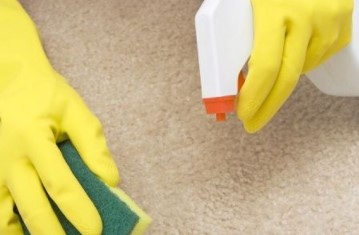
Chemical products are dangerous for hydraulic earth. We recommend that the only chemical products you use should be those recommended by the manufacturer, as you could damage your hydraulic earth.
Hydraulic land cleaning: Unsuitable products
Your great friend ammonia
Apart from the terrible smell and possible intoxication, ammonia is undoubtedly one of the best products for the correct cleaning of normal soils, but not of hydraulic earth. It is one of the best degreasers on the market, and its great advantage is that there are many brands that handle this product for free sale. It is a specialist for the kitchen
Your secret weapon called Salfuman
This is one of the most aggressive chemical products of all. Hydrochloric acid must be dissolved with a few parts of water, but it is not suitable for your hydraulic system as it can damage it. That is why it is important to consult the manufacturer before taking any action. Moreover, you have to take into account that it is very toxic, so you have to be careful with your skin and eyes. Read: Do not use with Mosaic.
One of the strongest products for cleaning dishes is Lleixiu, which has sodium hypochlorite as its active ingredient. In addition to its clear cleaning effect, this product is ideal for disinfecting various common areas and is the ultimate bleach for bathrooms and kitchens. The problem is that it is very aggressive, as some materials cannot withstand it and can be damaged, as is the case with encaustic cement tiles.
3 natural ways to clean encaustic cement tiles tiles
These three natural ways to keep your mosaics clean will be of great help to you.
Always trust in water
One of the best ways to disinfect and clean a mosaic is with the use of water, but precisely in the form of steam. Steam has great properties for removing some of the dirt thanks to its high temperature. You can use a pot with hot water or a conventional steam iron.
We recommend that the encaustic cement tiles is waterproof. In this way, we seal the pore and avoid the tile. Once it has been waterproofed, if it is clogged, we will always use neutral soaps and water. In conclusion, we do not recommend the use of these chemical products for the cleaning of your hydraulic floor, unless the manufacturer considers it appropriate.
Bicarbonate and magic
Si la taca es posa molt difícil en el moment de netejar rajoles, it is time to use new techniques. A tooth scraper and baking soda are one of the best ways to treat heavy brutality. The best of all is that you don't need to protect yourself, as it is not a particularly abrasive material.
Everything you need to know about vinegar
Pome vinegar has many cleaning properties, which makes it one of the best ways to keep your rajoles in a very good condition. Dissolved in a little water, it is, without a doubt, the best natural element to keep your pots in a very good condition.
Netejar rajoles is excellent but with natural products it is much better. Remember that using techniques whose main actors are chemical products can put your life and that of your family at risk.
We recommend that the encaustic cement tiles is waterproof. In this way, we seal the pore and avoid the tile. Once the mosaic is waterproofed, if it is clogged, we will always use neutral soaps and water. In conclusion, we do not recommend the use of these chemical products for the cleaning of your hydraulic floor, unless the manufacturer considers it appropriate.
Accessories for the cleaning of hydraulic earths

There are various accessories for cleaning tiles and mosaics that have an impressive effect, but are very difficult to find at home, for example. There are three products for cleaning mosaics that are excellent at their job, but the ease of finding them at home makes them perfect for a cleaning emergency or for much quicker activities.
Sponge: product for 2 tasks
The sponge is one of the best materials for cleaning almost any type of dirt. Its soft side is perfect for leaving the surface of the tile or mosaic shiny, as well as being a way to remove shallow scratches. Normally it has a rough side which works very well when you have grease or fouling, although it also depends a lot on the cleaner or substance you use to remove the tartar.
Brillantor amb un drap de cotó
One of the best additions for cleaning mosaics is a bucket duster. It may have the disadvantage that it is not very useful for oxide or greige tiles, but if your only objective is to get the maximum shine to your mosaic, hydraulic scraper or scraper, it is your great ally. The easiest one to find: A tooth scraper.
There is always a taca that is almost impossible to remove with various tools, but your best ally in this case is a tooth scraper that you no longer use. It is resistant to be used with any kind of cleaning substance, as well as being perfect to scrape this difficult taca of oxide or fongs.
These three products for cleaning mosaics are excellent and easy to use and to obtain. Try them
Daily water ground cleaning tips
First of all, before carrying out any daily cleaning routine, it is important to know that there are certain types of soil cleaners, such as leach or aggressive chemical products, which are not suitable for use on encaustic cement tiles, as their components could end up damaging the surface.
For the daily cleaning we recommend the soil smearing with our product Torra maintenance that will conserve and give a natural shine to its hydraulic rajoles
The daily cleaning of the encaustic cement tiles must be done only with the use of water and neutral soap, sufficient sweepings to eliminate small surface deposits, dust and residues derived from the use of the floor by the people who use it on a daily basis.
If the hydraulic floor is not tacked or does not require extensive cleaning, as there are no domestic tanks or any kind of cleaning, it will be sufficient to wipe it daily with a dust mop, which will help to remove any remaining dust easily and quickly.
Although it is a very visually attractive floor, it is very easy to carry out the daily maintenance of its surface, without the need to use any specific type of product, and with the utmost simplicity. If you are looking for an unbeatable aesthetic finish and maximum ease of maintenance, the hydraulic floor is the ideal choice for all types of rooms.
Step 1: avoid all types of pollution
Being always in contact with the environment, your cement tile floor or mosaic tile will have traces of dust almost every day. As with any other material, you will have to start your cleaning routine by removing all traces of dust and dirt, also avoiding the risk of the material being completely crushed.
You will have to use a broom or a hoover. In the case of the floors, you have to be very careful with the edges.
Step 2: Using the right detergents
As it is a general cleaning, you will have to choose a very mild neutral detergent or cleaner to clean and preserve your hydraulic floor, here we recommend our product Torra maintenance for the daily use of your cleaning. Torra maintenance hydraulic blades Torra maintenance hydraulic blades Torra maintenance blades
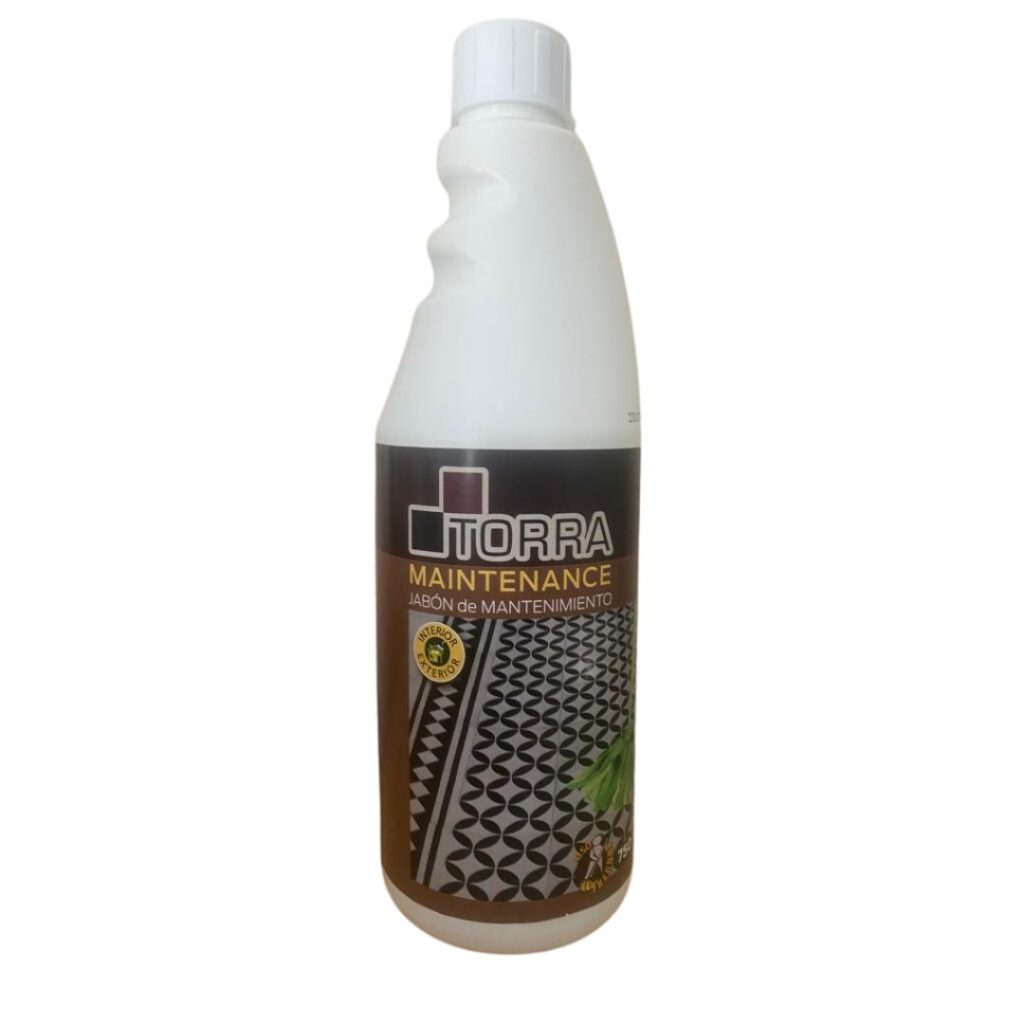
Step 3: Avoid major blockages
Fong and ferrugem are the worst enemies of your tile or mosaic. They are almost impossible to remove, so the best thing to do is to avoid them. In the bathrooms you have to let the humidity out, mopping up excess water and opening the door so that the steam can escape. In kitchens, simply wipe up the dirt when preparing food.
Here you have the cleaning routine for you.
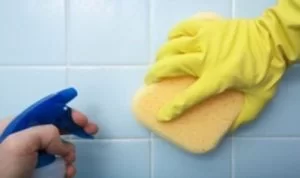
One of the worst ditches that can come out of hydraulic wells or old cracks is the very annoying fungus. Fungus is a fungus that permeates any damp surface, and the worst thing is that, when it grows, it is practically impossible to remove. To avoid stress when cleaning, here are some tips.
With hot water and your neutral soap and a green sponge, remove all access of fungus to the water sluice.
Do you know how to clean the joints of the slits?
I must warn you that it will be a very long and even desperate process, but it is something you have to do if you want to see your tiled floor or your encaustic cement tiles tiled floors looking as good as the first day. Here is what you have to do.
Si la taca de les juntes no és greu
IF there is hardly any noticeable brown or grey colour, the solution will be much easier than you thought. After vacuuming and cleaning your encaustic cement tiles with a mild solution, to make sure there is no dust, you need to get a white eraser. Why would you use a white eraser? Well, you will literally have to erase the dirt from the joints.
Believe it or not, the dirt stays on the rubber, making your mosaic or cement tile shine in a spectacular way.
If the taca does not work
The joints are usually very rough because we never think they will show. If the tile is very difficult to remove, you will have to create a cleaner with water and bicarbonate of soda. Impregnate your mosaics and tiles with the paste, wait 10 minutes and scrub them with a toothpick. Little by little everything will become clear.
If you really believe that it is impossible for the taca to come out, before the bicarbonate, scrub the joints with a clean damp cloth, in order to disintegrate what is left.
Discover more holes for terra hidràulica!




